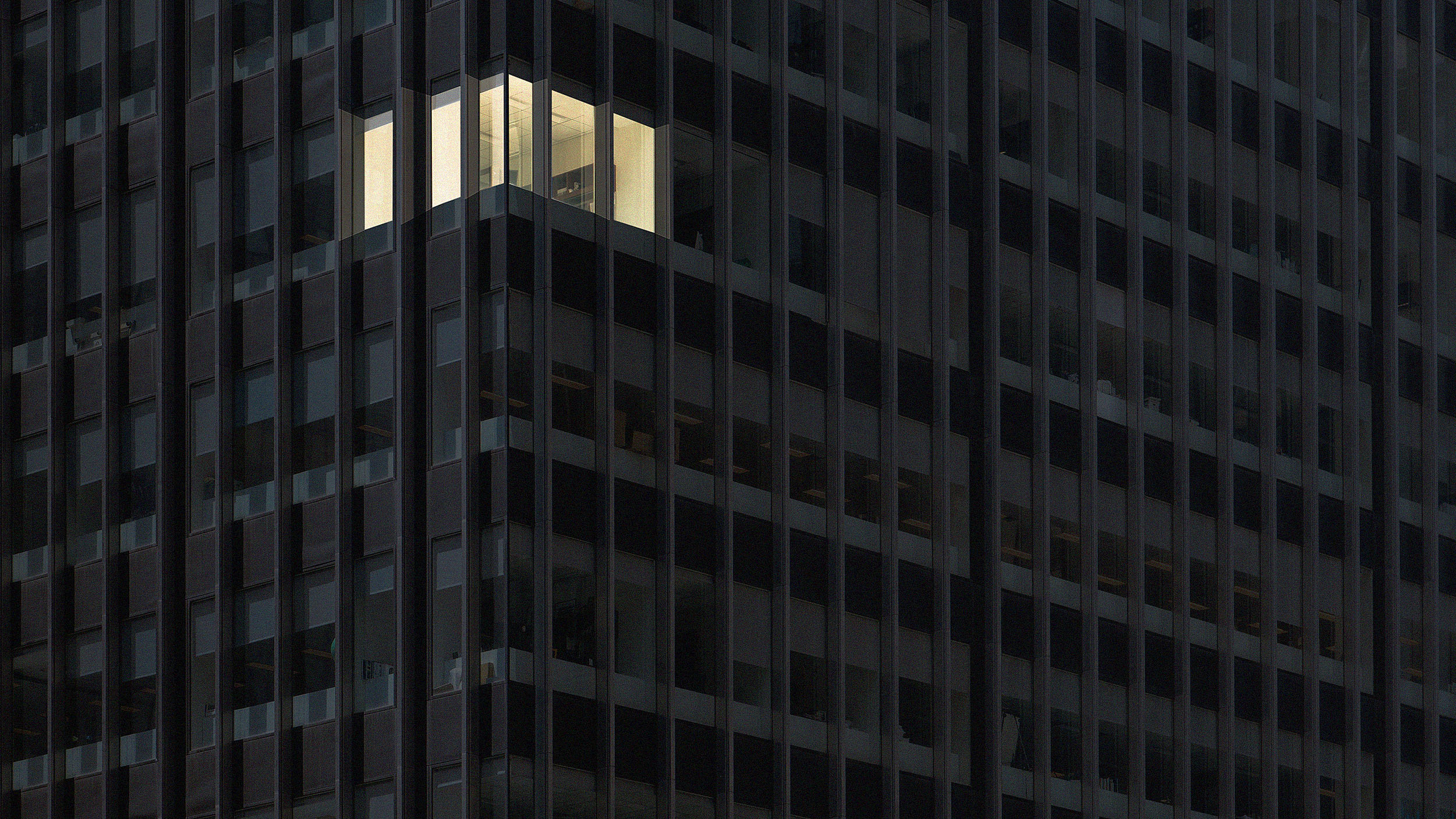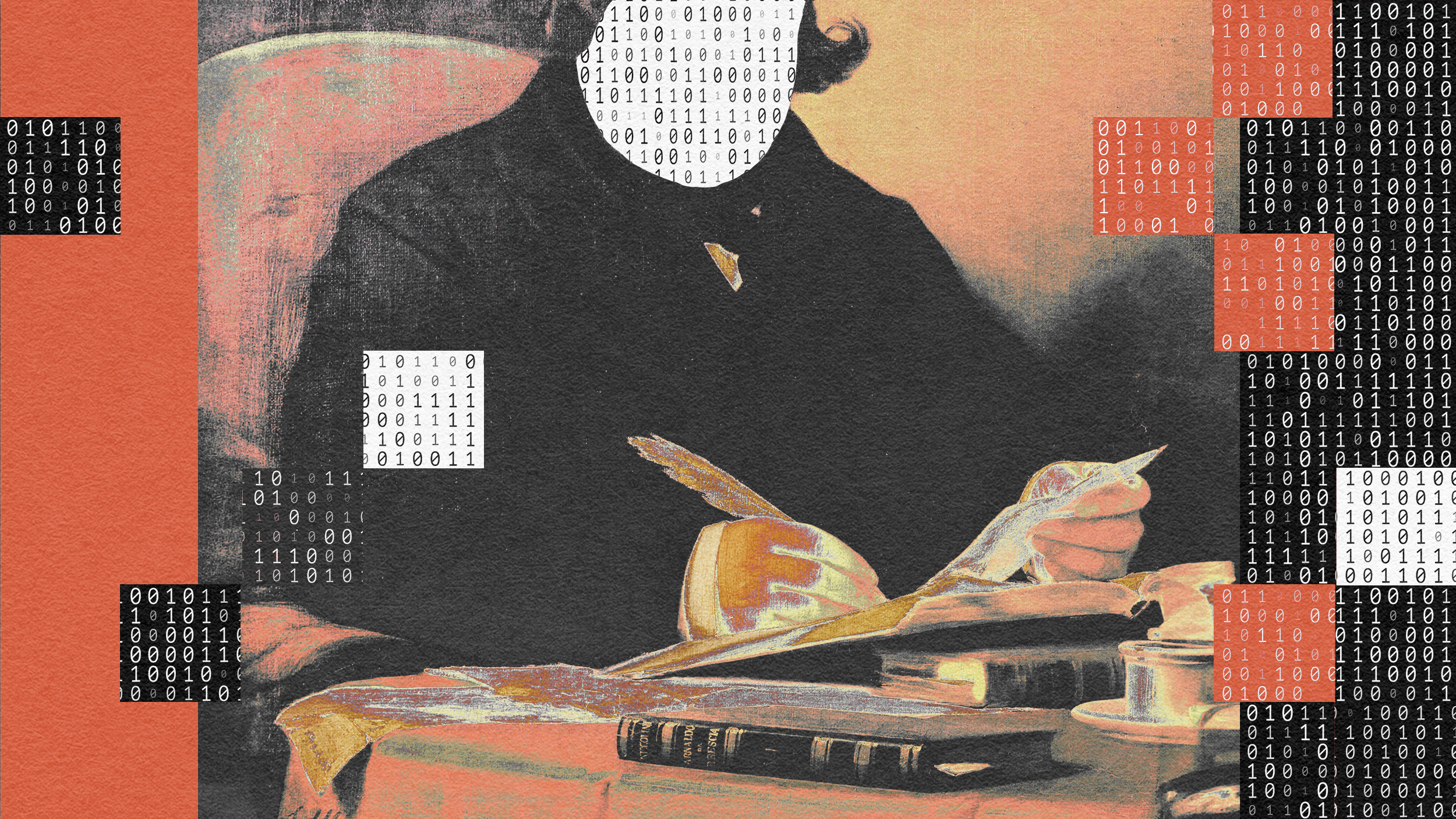How “fast” and “slow” thinking can help us handle technostress

- Technological shifts have not only altered the pace at which we live our lives, but also the very fabric of our neurology.
- Maintaining focus is a near ubiquitous issue and recorded levels of stress continue to rise globally.
- By referencing Daniel Kahneman’s cognitive systems for “fast” and “slow” thinking we can restore the balance disrupted by our digital tools.
When was the last time you felt truly removed from the trials and tribulations of your day-to-day life? If I asked a few decades ago, you might have given a couple of different answers. Perhaps you’d have mentioned your last holiday. Or a time you escaped to the beach or countryside. Of course, you might still give similar answers today — the key difference now is the sense of removal we’re actually capable of achieving (or, more aptly, not achieving) when taking time away from our work.
The rise of the internet — and the many devices we can now access it from — has both empowered and debilitated us. It is hard, in our current moment, to remember a time when we weren’t all so connected. And yet, it wasn’t so long ago that the constant access to both information and other people we now take for granted was far from commonplace. Indeed, such advancements have not only dramatically altered the pace at which we live our lives, but also the very fabric of our neurology.
These seismic technological shifts certainly go some way in illuminating the position we currently find ourselves in. Speak to almost any colleague or acquaintance and you’ll see that finding and maintaining focus is a near ubiquitous issue, while the recorded levels of stress and burnout continue to rise globally (Gallup, 2023).
So, allow me to take you back, for a moment, to a time before the proliferation of internet access and our always handy devices. After all, it is only in looking back that we can really appreciate just how much things have changed. Once upon a time, we got by without the whole world in our pockets, and the ability to access anyone, anywhere, no matter how far away, was something reserved for sci-fi visions of the future.
In this period, pre-internet and smartphones, maps were the only way to plot a route to somewhere new — and the best way to reach someone was to pick up the phone and hope that they were in. While such memories may still stir a touch of nostalgia in some of us today, very few would choose to return to these times. The world as it is now is infinitely more convenient and connected.

Back then, our ability to reach others was often precarious and routine dependent. So many of the tasks we can now perform at the touch of a button once required a higher dose of intention and dedication. Without search engines, acquainting yourself with a new subject required sourcing a book or enrolling in a class; staying in touch with a friend living abroad was a lengthy game of letter writing and time-zone coordination. In many ways, this era demanded more from us in terms of foresight and attention.
You’d certainly be forgiven for thinking that, as these things have become easier, we’d naturally free up brain space for more important stuff. But — as you’ll more than likely be aware — this has not been the case. The reasons for this are manyfold, but one key element has been a tendency towards reactivity in the workplace.
When you boil it all down, we human beings are a reactive species. Nobel Prize-winning psychologist Daniel Kahneman, author of Thinking, Fast and Slow, posits that there are two key cognitive systems that drive our thinking and the way we go about making decisions.
The first system (System 1) is instinctual, emotional and fast. Conversely, the second system (System 2), is more strategic and methodical in its workings (‘slow’, in other words). While we are capable of thinking with both systems — and indeed, should ideally aim to gear our brains towards the second system when at work — inevitably, we often fall back on the trappings of System 1 (Kahneman, 2011).
Nowhere is this clearer than in the ways in which technology has entered the modern working world. Instead of making our work more efficient and communication more timely, most of us now feel more stressed and overwhelmed than we ever have done before. But this was not the inevitable outcome of technological upheaval. Taking a lay of the land, it seems we have unwittingly made a rod for our own backs by allowing technology to add to our mental burden rather than relieve it — but the good news is that being aware of the conditions that have led to this is the first step towards changing it.
We have unwittingly made a rod for our own backs by allowing technology to add to our mental burden rather than relieve it.
Of course, all this is not to say that the reactive workings of System 1 are completely or inherently bad — instead, this system works as something of a shortcut drive for the brain. System 1 allows us to conserve mental energy when dealing with familiar patterns, and to react efficiently when faced with a situation that demands action rather than thought (you don’t want to be in a methodical frame of mind when deciding how to handle the information that a car is hurtling towards you).
Still, most of us identify more closely with System 2 — the reasoned self who can take time to reflect and consider before taking action. This is despite the fact we are, in all honesty, more often operating from within System 1. When we look at the multiple shifts to the working environment that have occurred in recent times, we can see how System 1 has predominantly colored our adoption of tech in the workplace. New technological tools have entered the fray, and instead of strategically planning for how they might fit into the bigger picture, we have thoughtlessly added them into the increasingly intoxicating cocktail of tools and standard work processes. It perhaps goes without saying, but the downside of this way of working is the huge uptick of stress and burnout we experience in our daily lives. This not only matters on a personal, wellbeing level, but actually also causes companies to hemorrhage their overall productive output. In other words, it is in everyone’s interest that we change this state of affairs and find a way to restore the balance we have lost in today’s working environment.





